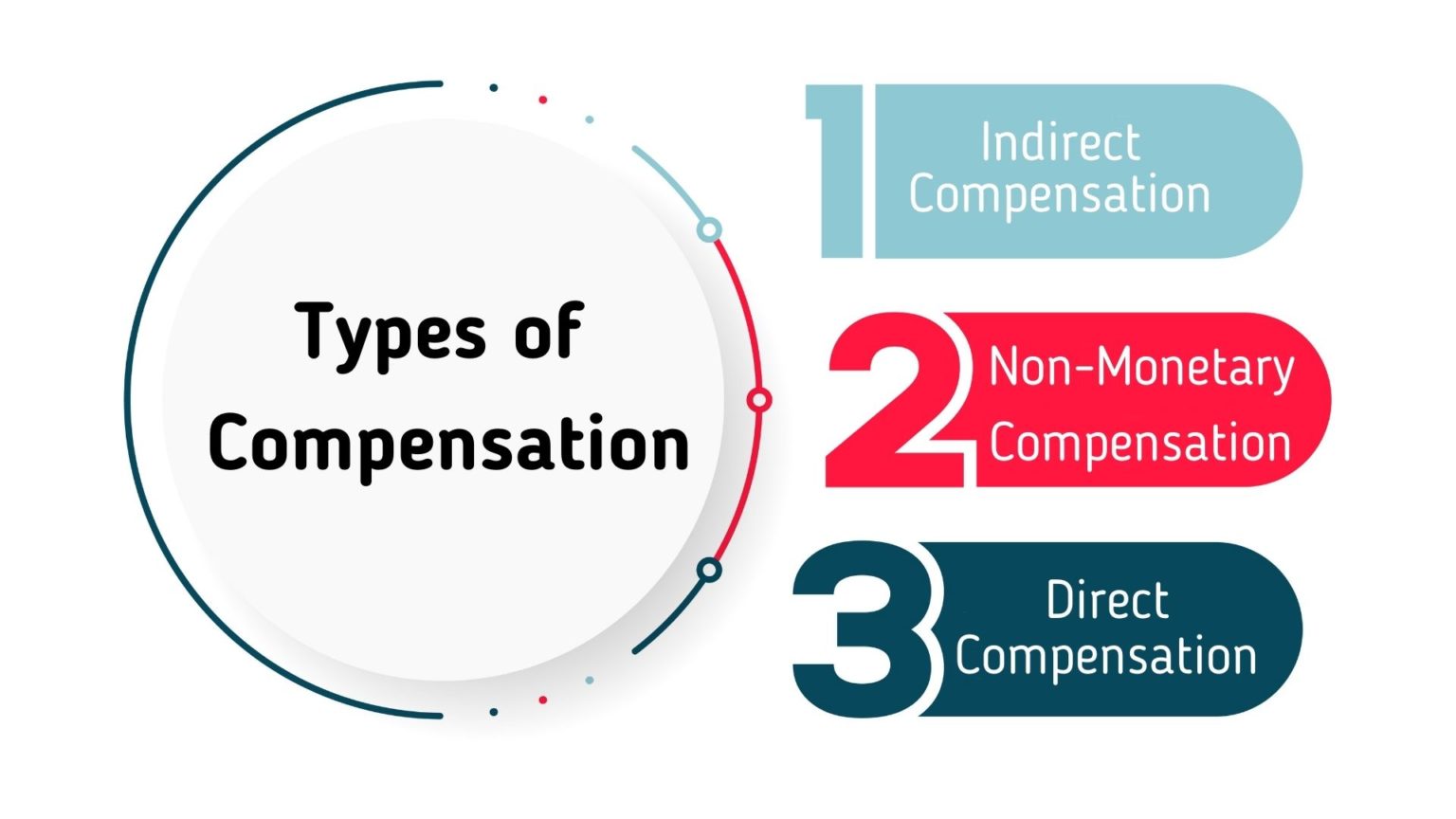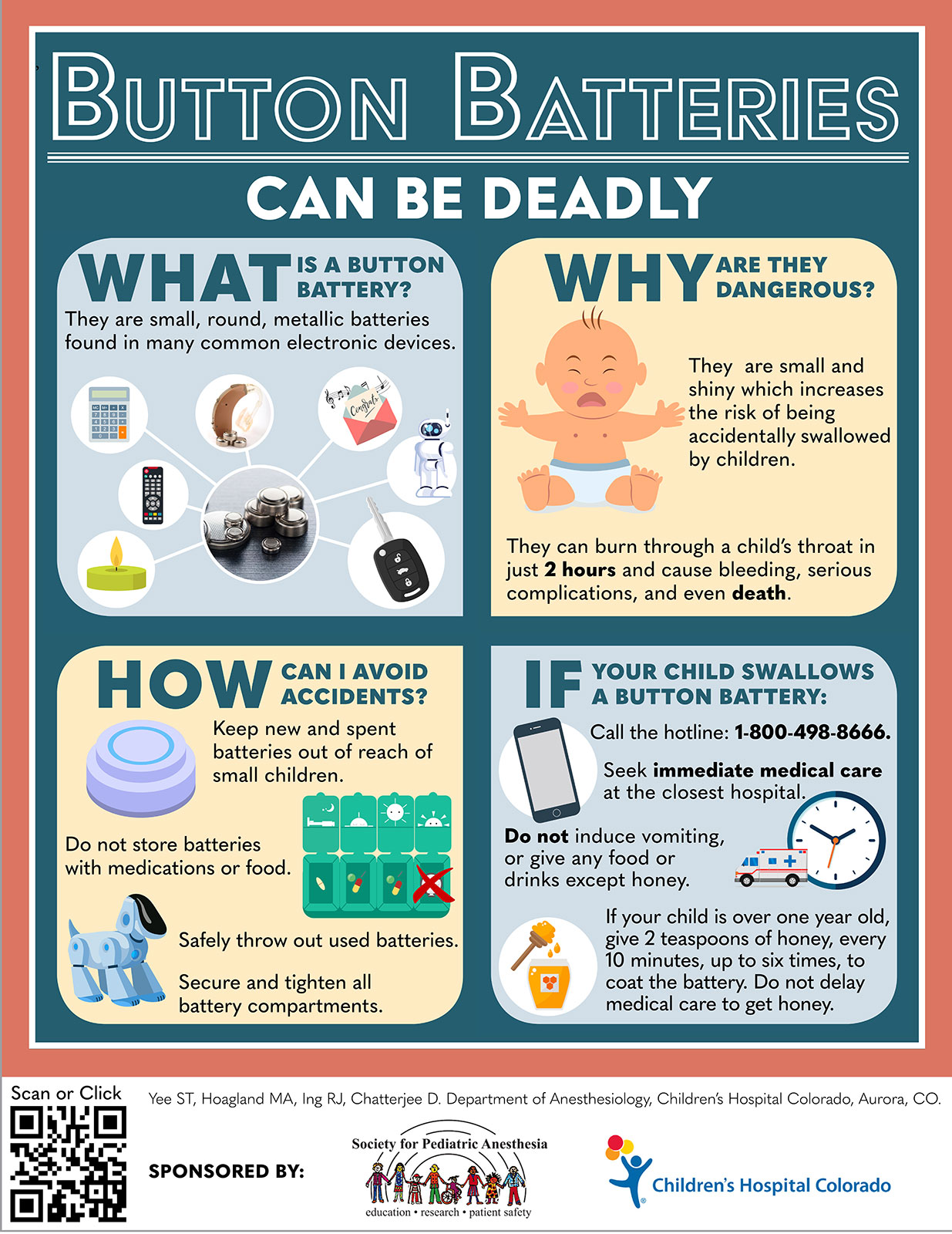Has anyone ever wondered whether the devastating effects of smoking-related cancer can be legally classified as a personal injury? It’s a question that plagues the minds of many who have suffered the harrowing effects of tobacco use? This is an in-depth look at the intersection of smoking-related cancer and personal injury claims.
This case, on the other hand, is far from straightforward in terms of legal precedent. We will look at complex arguments, landmark cases, and the role of tobacco companies in personal injury lawsuits filed against them for smoking-related cancers. Because the journey through this legal maze will provide you with an educational perspective, you should plan on doing so.
However, even if you think you’ve already answered this, consider the implications of smoking-related cancer being classified as personal injury, as well as the legal intricacies and public health implications it has for those affected, public health policies, and the broader society as a whole. As a result, whether you’re interested in the fascinating world of smoking-related cancer and personal injury claims or simply want to know more about the law, health, and personal responsibility, this article is for you. Please join us on this incredible journey.
Smoking and Cancer: The Link
In the realm of public health and medical research, few connections have been as unequivocally established as the link between smoking and various types of cancer. This connection, shrouded in decades of empirical evidence, starkly highlights the dire consequences of tobacco use on human health. To comprehend the gravity of this issue, we must delve into the intricate web of factors that bind smoking and cancer together.
Explore the Well-Established Connection: The relationship between smoking and cancer is akin to a jigsaw puzzle where every piece fits seamlessly into place. Countless studies, meticulously conducted over the years, have illuminated this association. It’s a connection that transcends borders, affecting individuals worldwide. The correlation between smoking and lung cancer, in particular, stands as a grim testament to the devastating effects of this habit. Moreover, it’s not just lung cancer; smoking has been conclusively linked to cancers of the throat, mouth, esophagus, pancreas, bladder, and more. The evidence is unequivocal, leaving no room for doubt.
Discussing the Harmful Chemicals in Tobacco: At the heart of this insidious link lies the insidious concoction of chemicals found in tobacco products. Tobacco smoke is a toxic cocktail, containing over 7,000 chemicals, with hundreds of them known to be harmful, and about 250 classified as distinctly detrimental to human health. Among these, nicotine, a highly addictive substance, captures the spotlight. But it’s the presence of carcinogens like benzene, formaldehyde, and polycyclic aromatic hydrocarbons that cast a long shadow. These substances have a nefarious ability to damage DNA, trigger mutations, and pave the way for the uncontrolled growth of cancerous cells. It’s a chemical assault on the body, with tobacco acting as the silent arsonist.
Statistics on the Prevalence of Smoking-Related Cancer Cases: To underscore the severity of the issue, we turn to the cold, hard numbers. According to the World Health Organization (WHO), tobacco use is responsible for a staggering 8 million deaths annually, with more than 7 million of these attributed to direct tobacco use, while around 1.2 million are non-smokers exposed to secondhand smoke. Among these fatalities, a significant portion can be directly attributed to smoking-related cancers. In the United States alone, the Centers for Disease Control and Prevention (CDC) reports that cigarette smoking is responsible for approximately 1 in every 3 cancer deaths. It’s not just the mortality; the morbidity associated with smoking-related cancers is equally alarming, with countless individuals enduring painful treatments and reduced quality of life.
Personal Injury: Understanding the Concept

In the intricate world of legal matters, the concept of personal injury is a cornerstone, with profound implications for individuals seeking redress for harm caused by the negligence of others. To navigate this terrain effectively, one must first grasp the fundamental principles that underpin personal injury law.
Defining Personal Injury and Its Legal Implications: Personal injury, in the legal context, refers to physical, emotional, or psychological harm inflicted upon an individual due to the actions, negligence, or recklessness of another party. It encompasses a broad spectrum of injuries, from slip-and-fall accidents on icy sidewalks to medical malpractice resulting in severe harm. What sets personal injury apart is its legal ramifications—the injured party (plaintiff) has the right to pursue compensation from the responsible party (defendant) through a civil lawsuit. This compensation aims to alleviate the financial burden, medical expenses, and emotional distress incurred as a result of the injury. It’s a legal avenue designed to restore a sense of justice and provide recourse for those who have suffered harm due to the actions of others.
The Genesis of Personal Injury Claims: Accidents and Negligence: Personal injury claims typically arise from unfortunate incidents, often characterized by accidents and negligence. Accidents can happen anywhere, from the workplace to a grocery store, and can result from a wide range of circumstances, including slip-and-fall accidents, motor vehicle collisions, or injuries sustained due to faulty products. Negligence, on the other hand, plays a central role in personal injury cases. It refers to the failure of an individual or entity to exercise reasonable care, leading to harm to another person. This could manifest as a distracted driver causing a car accident, a property owner failing to maintain safe premises, or a healthcare provider making a medical error. Proving negligence is pivotal in personal injury claims, as it establishes the defendant’s liability for the harm inflicted.
The Role of Personal Injury Lawsuits in Seeking Compensation: Personal injury lawsuits serve as a crucial mechanism for individuals to seek compensation when they have suffered harm due to the actions or negligence of others. These legal actions provide a structured framework for plaintiffs to present their case, demonstrating the link between the defendant’s actions or negligence and the resulting injury. Central to this process is the pursuit of damages, which can encompass economic damages (such as medical bills, lost wages, and property damage) and non-economic damages (including pain and suffering, emotional distress, and loss of consortium). Personal injury lawsuits are not only about financial compensation but also about holding wrongdoers accountable and discouraging negligent behavior in society. They play a pivotal role in maintaining a fair and just legal system that safeguards the rights and well-being of individuals.
Personal Injury Claims in the Context of Smoking-Related Cancer
In the complex intersection of personal injury law and the harrowing consequences of smoking-related cancer, the question arises: can smoking-related cancer truly be considered a personal injury? This inquiry is fraught with legal intricacies, passionate debates, and profound implications for individuals grappling with the devastating health effects of tobacco use.
Examining the Classification of Smoking-Related Cancer as Personal Injury: To assess whether smoking-related cancer qualifies as a personal injury, one must navigate the labyrinthine legal landscape. At its core, personal injury law revolves around the notion of harm inflicted upon an individual due to the actions or negligence of another party. Smoking-related cancer presents a unique challenge in this context. On one hand, there is the argument that individuals who knowingly engage in tobacco use assume a degree of personal responsibility for their health. This perspective contends that personal injury claims should not extend to cases where individuals voluntarily engage in a habit with well-documented health risks. On the other hand, proponents of classifying smoking-related cancer as a personal injury assert that tobacco companies, with their decades of marketing tactics and alleged suppression of scientific evidence, share responsibility for the harm inflicted upon smokers. This duality of perspectives sets the stage for heated legal debates.
Legal Arguments For and Against Classifying Smoking-Related Cancer as Personal Injury: In the arena of legal discourse, arguments on both sides of the divide are vigorously articulated. Those advocating for smoking-related cancer as a personal injury contend that the tobacco industry‘s deliberate efforts to downplay risks and manipulate public perception are tantamount to negligence. They point to internal documents from tobacco companies as evidence of their awareness of the dangers posed by smoking, which, they argue, shifts the responsibility from the smoker to the manufacturer. Furthermore, these proponents argue that personal injury claims serve as a vital mechanism to hold tobacco companies accountable for their alleged deception and to provide financial relief to individuals grappling with the astronomical costs of cancer treatment.
Conversely, opponents of classifying smoking-related cancer as personal injury posit that individuals who choose to smoke are well aware of the risks, rendering personal injury claims an inappropriate avenue for seeking compensation. They emphasize personal agency in decision-making and assert that individuals bear the responsibility for the consequences of their choices. Moreover, they contend that expanding personal injury claims to encompass smoking-related cancer could open a Pandora’s box, potentially extending liability to other industries or activities where individuals knowingly engage in risky behaviors.
Relevant Case Studies and Court Decisions: The legal landscape regarding smoking-related cancer as a personal injury is not without precedent. Numerous cases have emerged over the years, each offering a nuanced perspective on this contentious issue. For instance, the Engle case in Florida resulted in a landmark verdict against tobacco companies, holding them liable for injuries caused by smoking. This decision underscored the role of tobacco companies in perpetuating smoking-related harm and set a precedent for future litigation.
In contrast, other cases have seen courts siding with tobacco companies, emphasizing individual responsibility and the lack of a direct causal link between smoking and specific cancer diagnoses. These divergent outcomes highlight the complexity of the issue and the varying approaches taken by different jurisdictions.
Product Liability and Tobacco Companies

The nexus of product liability and tobacco companies stands as a pivotal battleground in the realm of personal injury law, where ethical and legal complexities converge in a contentious struggle for justice. To fathom the intricate dance between tobacco giants and personal injury claims related to smoking, one must delve into the heart of this multifaceted issue.
Analyzing the Role of Tobacco Companies in Personal Injury Claims: Tobacco companies have long been at the epicenter of personal injury claims related to smoking. At the core of this contentious relationship lies the allegation that these industry behemoths knowingly marketed and sold products that posed severe health risks to consumers. The critical accusation here is that tobacco companies were not just manufacturers; they were purveyors of addiction, concealing the full extent of harm associated with their products. This deliberate effort, it is argued, engendered a cycle of addiction that led to the development of smoking-related cancers and other debilitating health conditions. Consequently, the role of tobacco companies in personal injury claims is not merely passive; it’s one of active participation in the alleged harm inflicted upon individuals.
Discussing Landmark Cases Holding Tobacco Companies Liable: Over the years, landmark cases have illuminated the path toward holding tobacco companies accountable for the suffering inflicted upon countless smokers. Perhaps the most emblematic of these is the 1998 Master Settlement Agreement (MSA), a historic accord between major tobacco companies and 46 U.S. states. The MSA, which followed a wave of individual lawsuits, required tobacco companies to pay billions of dollars annually to the states and imposed strict marketing restrictions. It was a watershed moment that underscored the industry’s culpability in fueling a public health crisis.
Furthermore, individual lawsuits against tobacco companies have seen plaintiffs secure significant victories, with courts acknowledging the role of these companies in promoting addictive products and downplaying health risks. The Engle case in Florida, for instance, resulted in a massive judgment against tobacco companies, affirming their liability for the harm caused by smoking. These legal triumphs have not only provided compensation to plaintiffs but have also signaled a moral reckoning within the tobacco industry.
Addressing Ethical and Legal Complexities: The intersection of personal injury claims and tobacco companies is fraught with ethical and legal complexities. On one hand, there is the ethical dilemma of whether individuals who voluntarily chose to smoke should be entitled to compensation. This raises questions about personal responsibility and the extent to which consumers are accountable for their actions. On the other hand, there is the undeniable evidence of tobacco companies’ deliberate efforts to obfuscate health risks and target vulnerable populations. This poses profound ethical questions about corporate accountability and the role of profit in the face of public health.
From a legal perspective, the complexities abound. The concept of addiction, the role of marketing tactics, and the burden of proof all come into play. Personal injury claims against tobacco companies often hinge on proving that these corporations knowingly and intentionally deceived the public. Moreover, the vast number of individuals affected by smoking-related health issues and the potential for class-action lawsuits add layers of complexity to the legal landscape.
Challenges and Barriers
The pursuit of personal injury claims related to smoking-related cancer is fraught with formidable challenges and barriers that individuals must navigate on their path to justice. These obstacles, ranging from legal complexities to the tactics employed by tobacco companies, shape the landscape of personal injury litigation in this domain.
Identifying Challenges Faced by Claimants: Individuals seeking redress for smoking-related cancer often encounter a series of daunting challenges. These include:
Proving Causation: One of the central hurdles is establishing a direct causal link between smoking and the development of cancer. Tobacco companies frequently contest this connection, requiring claimants to provide robust medical evidence.
Statute of Limitations: In many jurisdictions, there exists a statute of limitations—a strict timeframe within which personal injury claims must be filed. For individuals diagnosed with cancer years or even decades after smoking, this limitation poses a significant challenge.
Product Identification: Tracking the specific brand and source of tobacco products used by claimants can be arduous, especially given the multitude of options available on the market.
Tobacco Industry Defenses: Tobacco companies often employ a range of defenses, including asserting that claimants were aware of the risks associated with smoking or that their products underwent regulatory scrutiny.
Burden of Proof: The burden of proving that tobacco companies intentionally misled the public about the dangers of smoking can be onerous, requiring extensive documentation and expert testimony.
Exploring Potential Tobacco Company Defenses: Tobacco companies, wielding substantial legal and financial resources, employ various defenses to counter personal injury claims related to smoking-related cancer:
Assumption of Risk: They argue that individuals who chose to smoke assumed the risks associated with tobacco use, thereby absolving the companies of liability.
Statute of Limitations: Tobacco companies often assert that claims filed beyond the statute of limitations should be dismissed.
Lack of Scientific Certainty: They may challenge the scientific certainty of the link between smoking and cancer, sowing doubt among jurors.
Regulatory Compliance: Tobacco companies contend that their products complied with existing regulations, implying that they cannot be held responsible for any alleged harm.
No Duty to Warn: They may assert that they had no legal obligation to warn consumers about the dangers of smoking beyond what was required by law.
Statute of Limitations and Legal Obstacles: The statute of limitations, a fundamental legal barrier, varies by jurisdiction and represents a significant challenge for many claimants. In some cases, individuals may not discover their cancer until years after their exposure to tobacco products, leaving them with limited legal recourse. This limitation underscores the critical importance of timely action for those considering personal injury claims related to smoking-related cancer.
Moreover, navigating the intricacies of personal injury law can be daunting, especially when faced with a powerful and well-resourced tobacco industry. Individuals pursuing these claims must be prepared to surmount formidable legal and evidentiary obstacles while contending with the industry’s staunch defense tactics.
In conclusion, the road to justice for individuals pursuing personal injury claims due to smoking-related cancer is riddled with challenges and legal complexities. From the burden of proof and the statute of limitations to the formidable defenses mounted by tobacco companies, claimants must navigate a treacherous terrain. As they strive for accountability and compensation, they do so with the awareness that the journey ahead is fraught with formidable barriers, underscoring the need for skilled legal representation and unwavering determination.
The Impact on Public Health Policy
The arena of personal injury claims against tobacco companies is not confined to courtrooms and legal battles alone; it reverberates through the corridors of public health policy, transforming the way societies perceive and combat the scourge of smoking. This examination delves into how these claims have wielded a profound influence on public health policies, precipitating changes that have rippled across the globe.
Influencing Public Health Policies: Personal injury claims against tobacco companies have served as a catalyst for sweeping changes in public health policy. The legal battles and the weight of evidence presented in courtrooms have compelled governments to take proactive steps in safeguarding their citizens’ well-being. Some notable impacts include:
Warning Labels: Perhaps one of the most visible outcomes is the implementation of explicit warning labels on cigarette packaging. These labels, often accompanied by graphic images depicting the dire health consequences of smoking, aim to educate and dissuade potential smokers while serving as a stark reminder to current ones.
Advertising Regulations: Stringent regulations on tobacco advertising have been put in place to limit the industry’s ability to glamorize smoking. These regulations restrict the portrayal of cigarettes in a positive light and curb marketing tactics that target vulnerable populations, such as youth.
Anti-Smoking Campaigns: Public health initiatives and anti-smoking campaigns have gained momentum, driven by the knowledge gleaned from personal injury claims. These campaigns, often funded by settlements from tobacco companies, seek to raise awareness about the hazards of smoking and provide resources for quitting.
Tobacco Control Measures: Comprehensive tobacco control measures, including higher taxes on tobacco products, smoke-free laws, and restrictions on tobacco sales to minors, have been implemented to deter smoking and protect public health.
The Role of Warning Labels, Advertising Regulations, and Anti-Smoking Campaigns: Warning labels, featuring grim depictions of smoking-related health conditions, have become emblematic symbols of public health campaigns worldwide. These labels not only serve as a visual deterrent but also provide vital information to consumers about the dangers they face. They represent a tangible outcome of personal injury claims, pushing governments to prioritize public health over industry interests.
Advertising regulations have reshaped the tobacco marketing landscape. Gone are the days when tobacco companies could freely glamorize their products through alluring advertisements. These regulations have curtailed the ability to portray smoking as glamorous or sophisticated, instead emphasizing the harsh realities of addiction and disease.
Anti-smoking campaigns, buoyed by the funds from legal settlements, have taken center stage in the fight against tobacco addiction. These campaigns leverage the knowledge gained from personal injury claims to deliver hard-hitting messages, offering support and resources to those looking to quit. They aim to change societal norms and perceptions surrounding smoking.
Broader Societal Implications: The impact of personal injury claims against tobacco companies extends beyond policy changes and legal victories. It transcends into broader societal implications, fostering a collective consciousness about the dangers of smoking. It has ignited conversations about corporate responsibility, public health, and individual agency.
These claims have prompted individuals to reevaluate their relationship with tobacco products, leading to a decline in smoking rates in many regions. They have challenged the notion that smoking is a personal choice devoid of external influence, emphasizing the role of powerful industries in shaping consumer behavior.
Moreover, the ripple effect of these claims has emboldened individuals to seek accountability from industries that prioritize profits over public health. It has set a precedent for holding corporations responsible for the harm caused by their products, transcending the realm of tobacco to other industries as well.
Seeking Compensation: Legal Options and Resources
For individuals contemplating personal injury claims related to smoking-related cancer, embarking on this legal journey can be daunting. However, there exists a multitude of resources and avenues to navigate this complex process, seek compensation, and hold tobacco companies accountable for the harm caused.
Resources for Claimants:
Legal Counsel: The first and foremost step in pursuing a personal injury claim is to consult with an experienced attorney specializing in tobacco-related litigation. These legal experts possess the knowledge and expertise to evaluate the merits of your case and guide you through the legal proceedings.
Support Organizations: Numerous advocacy groups and support organizations are dedicated to assisting individuals affected by smoking-related illnesses. These organizations provide valuable resources, information, and emotional support to claimants and their families.
Medical Records: Gathering comprehensive medical records is crucial to substantiating your claim. These records should detail your diagnosis, treatment history, and the link between your illness and smoking. Medical experts can play a pivotal role in establishing causation.
Witness Testimonies: If available, witness testimonies from individuals who can attest to your smoking history and its consequences on your health can strengthen your case.
Financial Assistance: Many legal firms offer contingency fee arrangements, meaning they only receive payment if you win your case. This can alleviate the financial burden of pursuing a lawsuit.
Initiating a Lawsuit and Seeking Compensation: The process of initiating a personal injury lawsuit against tobacco companies follows a structured path:
Consultation: Begin by consulting with an attorney experienced in tobacco-related personal injury claims. During this initial meeting, you will discuss the specifics of your case, assess its merits, and determine the best course of action.
Filing a Complaint: Your attorney will draft a complaint outlining the details of your case, including the harm you’ve suffered due to smoking-related cancer and the liability of the tobacco company. This complaint is filed in a court of law, officially initiating the lawsuit.
Discovery: The discovery phase involves the exchange of information between both parties. Your legal team will gather evidence to support your claim, while the tobacco company’s lawyers will do the same. This phase may include depositions, document requests, and expert witness testimonies.
Negotiations: Following the discovery phase, negotiations often ensue. Both parties may attempt to reach a settlement before proceeding to trial. Settlement negotiations can be complex and protracted, requiring skilled negotiation on your behalf.
Trial: If a settlement cannot be reached, your case will proceed to trial. During the trial, both sides present their evidence and arguments. A judge or jury will ultimately decide the outcome, including any compensation awarded.
Appeals: In some cases, either party may choose to appeal the court’s decision. This can extend the legal process, but it’s an option available to both claimants and tobacco companies.
Consulting Legal Experts and Support Organizations: Consulting legal experts is pivotal in navigating the intricacies of personal injury claims against tobacco companies. Experienced attorneys specializing in tobacco-related litigation possess the knowledge and resources to build a robust case, ensuring your rights are protected throughout the legal process.
In addition to legal counsel, support organizations play a crucial role in assisting claimants and their families. These organizations offer a wealth of information, emotional support, and advocacy, ensuring that individuals affected by smoking-related cancer have access to the resources they need to seek justice.













